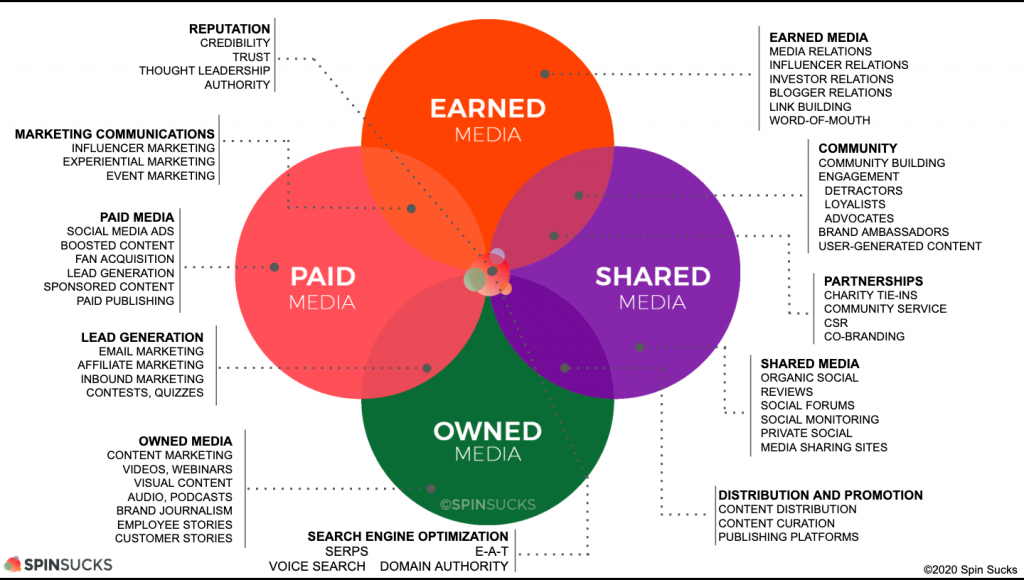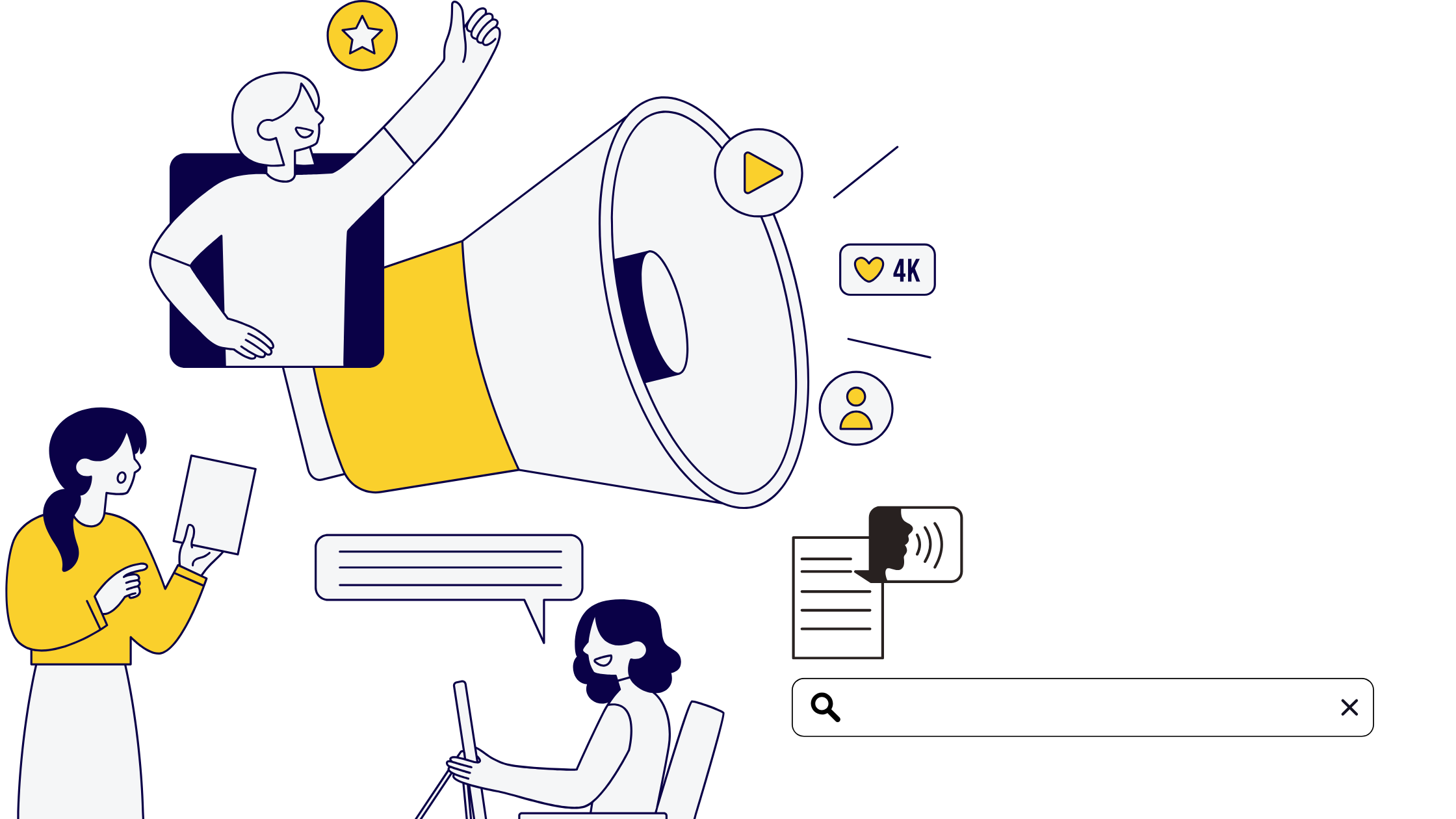PESO stands for – Paid, Earned, Shared, and Owned.
It is a marketing model that allows marketers to segment their marketing channels at a brand’s disposal.
Now, just because the PESO model is considered a stellar marketing strategy, I have my reservations about it. This is because the PESO Model fails to address a bagful of challenges that are relevant.
There are merits and faults for every marketing model, and PESO, as an integrated communications tool is rated highly globally.
This post only addresses my personal opinion about the PESO model and gives each one of you readers, to let me know what you personally feel about PESO in the comments.
The start of PESO
The PESO model was an idea introduced in Gini Dietrich’s 2014 book – Spin Sucks. PESO was the acronym used to include the 4 aspects of shared media – Paid, Earned, Shared, and Owned.
“PESO sounded catchier”
The framework for implementation PESO can be understood by glancing at the diagram below

For me, personally, the model throws agencies into silos (which I think is wrong). For e.g. a PR agency must only do publicity. A marketing agency should not venture into business communications or storytelling.
This is wrong because agencies then don’t feel their counterparts are competent enough for business integration. Digital agencies claim that social agencies aren’t competent in branding, which social agencies consider media buyers and emotionless in engagement.
This means there are opportunities lost. Doesn’t it sound like that to you?
Owned Media
The PESO process should start with Owned Media (although the acronym says otherwise). This contains the content that every business owns, that is specific to that brand/business.
A blog hosted on a company website is an example of owned media. E-books, white papers, and podcasts can also be grouped here.
I consider owned media to launch a PESO process because when a business already publishes a form of foundation content (e-book, podcasts, etc.), the respective paid, earned, and shared channels can kickstart using this published content.
Shared Media
I could even remove ‘shared media’ from PESO, but PEO would sound insipid. This is because I personally feel shared media is just an appendage to owned media.
Shared media includes the content that is shared on social media platforms. Again, taken from the original owned content published on the websites.
Also, owned, paid, and earned media can all be shared.
Earned Media
A few years ago, earned media could have been a PR pitch that a company would send to a journalist to publish on Forbes or Time.
A featured story or a mention in an article, either on print or online modes, would work great. It is all about the relationship one shares with media agencies.
Nowadays, bloggers and influencers can be roped in to do marketing for your company. Neil Patel receives numerous emails asking him to feature a backlink onto his website from webmasters all over the world. The result – SERP rankings shoot up
Paid Media
If you want to marry marketing strategy with control, then nothing beats paid media. PPC campaigns or native advertising fall into paid media tactics.
You can personalize the content, imagery, and direct the user to your website/app or encourage them to complete a survey or finish a checkout.
PESO’s challenges and solutions
The PESO model prioritizes paid channels. That could be due to semantics, but I feel ‘how we say it’ should take precedence over ‘what we say’, when it comes to targeting.
PESO fails to identify the unique strengths of PR, the beauty of deeper storytelling, or the third-party authority.
I am a storyteller and would always consider that to be more effective than shoving sponsored content to my target audience. Building relationships, influencer commentary, and value-added writing make a storyteller profound.
Demand generation copy exists somewhere but it doesn’t fit the PESO model. As communicators, we are not one-trick ponies. We are strategic thinkers who can change the fate of a brand/agency by the ideas we come up with.
The PESO model will always remain the darling of marketers worldwide, and I respect it too, but it does have flaws. It needs to evolve, allowing us to tackle challenges and present better solutions.
If you are looking for storytellers to bring your story to life, then drop us a message.
Click on the ‘BRIGHT YELLOW BUTTON’ below and contact us for a FREE consultation.
Also, if you are a business looking to partner, a freelancer looking to work with us, or just interested in knowing more about what cool things we do, go to creometric.com







